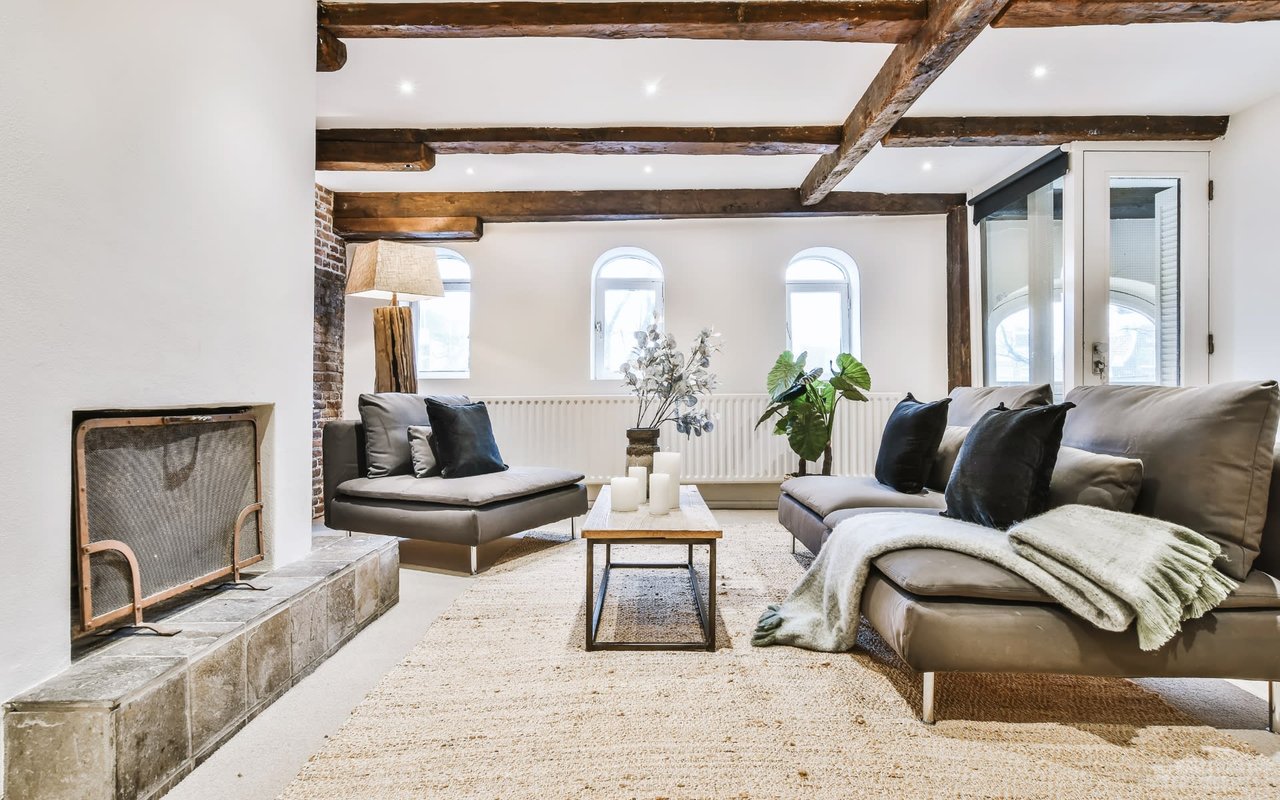A deferred exchange must be distinguished from the case of a taxpayer simply selling one property and using g the proceeds to purchase another property
Both properties must be held for use in a trade or business or for investment
Property used primarily for personal use like a primary residence or a second home or vacation home, does not qualify for like kind exchange treatment
While a like kind exchange does not have to be simultaneous swap of properties, you must meet two time limits or the entire gain will be taxable.
1031 Exchange Timelines and Rules
Classically, an exchange involves a simple swap of one property for another between two people. But the odds of finding someone with the exact property that you want who wants the exact property that you have are slim. For that reason, the majority of exchanges are delayed, three-party, or Starker exchanges (named for the first tax case that allowed them).
In a delayed exchange, you need a qualified intermediary (middleman), who holds the cash after you “sell” your property and uses it to “buy” the replacement property for you. This three-party exchange is treated as a swap.1
There are two key timing rules that you must observe in a delayed exchange.
45-Day Rule
The first relates to the designation of a replacement property. Once the sale of your property occurs, the intermediary will receive the cash. You can’t receive the cash, or it will spoil the 1031 treatment. Also, within 45 days of the sale of your property, you must designate the replacement property in writing to the intermediary, specifying the property that you want to acquire.7
The IRS says you can designate three properties as long as you eventually close on one of them. You can even designate more than three if they fall within certain valuation tests.8
180-Day Rule
The second timing rule in a delayed exchange relates to closing. You must close on the new property within 180 days of the sale of the old property.
What is an Example of a 1031 Exchange?
Kim owns an apartment building that’s currently worth $2 million, double what she paid for it seven years ago. She’s content until her real estate broker tells her about a larger condominium located in an area fetching higher rents that’s on the market for $2.5 million.
By using the 1031 exchange, Kim could, in theory, sell her apartment building and use the proceeds to help pay for the bigger replacement property without having to worry about the tax liability straightaway. She is effectively left with extra money to invest in the new property by deferring capital gains and depreciation recapture taxes.
The Bottom Line
A 1031 exchange can be used by savvy real estate investors as a tax-deferred strategy to build wealth. However, the many complex moving parts not only require understanding the rule
For more information consult a CPA Tax Professional or reference IRS website.
